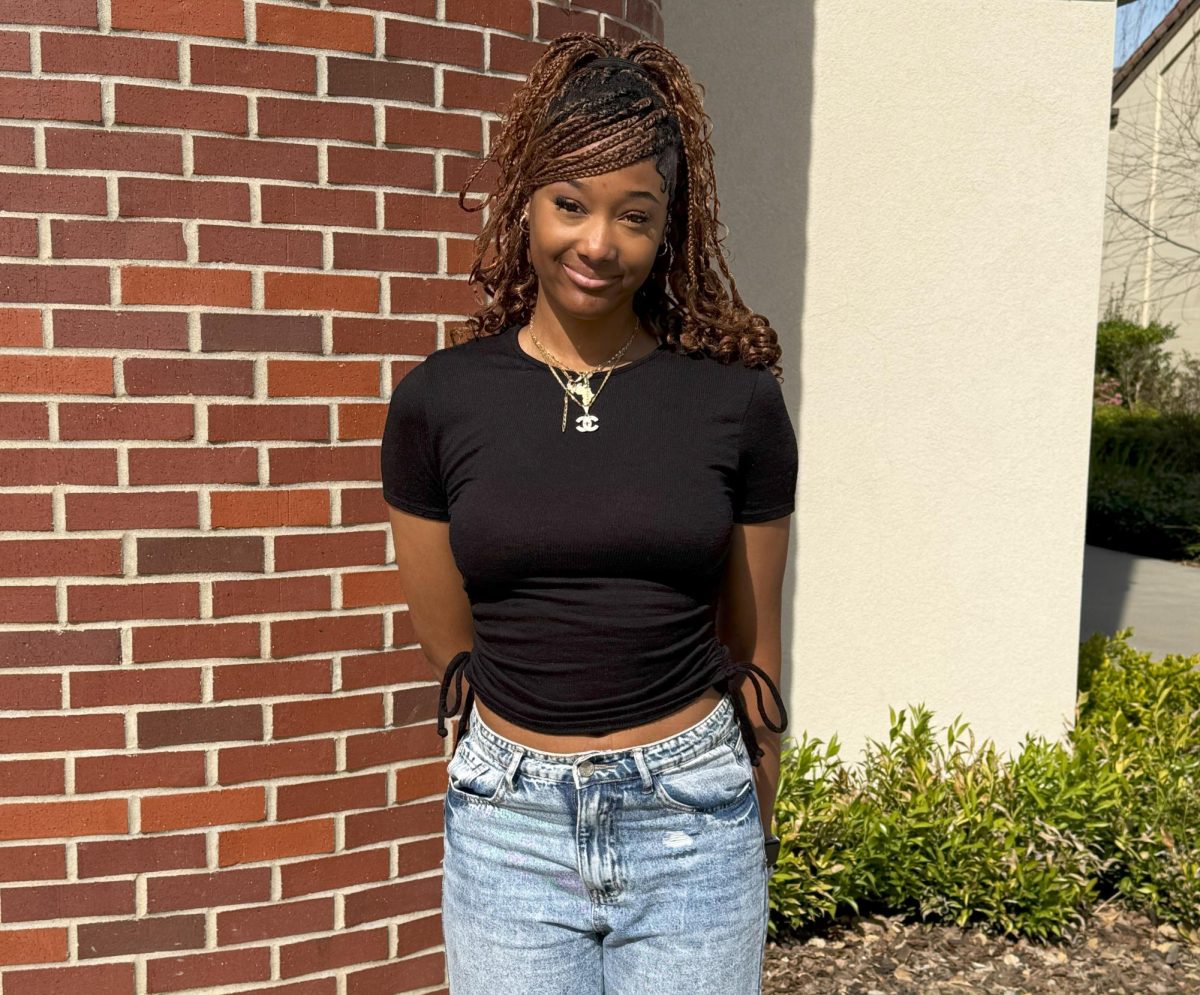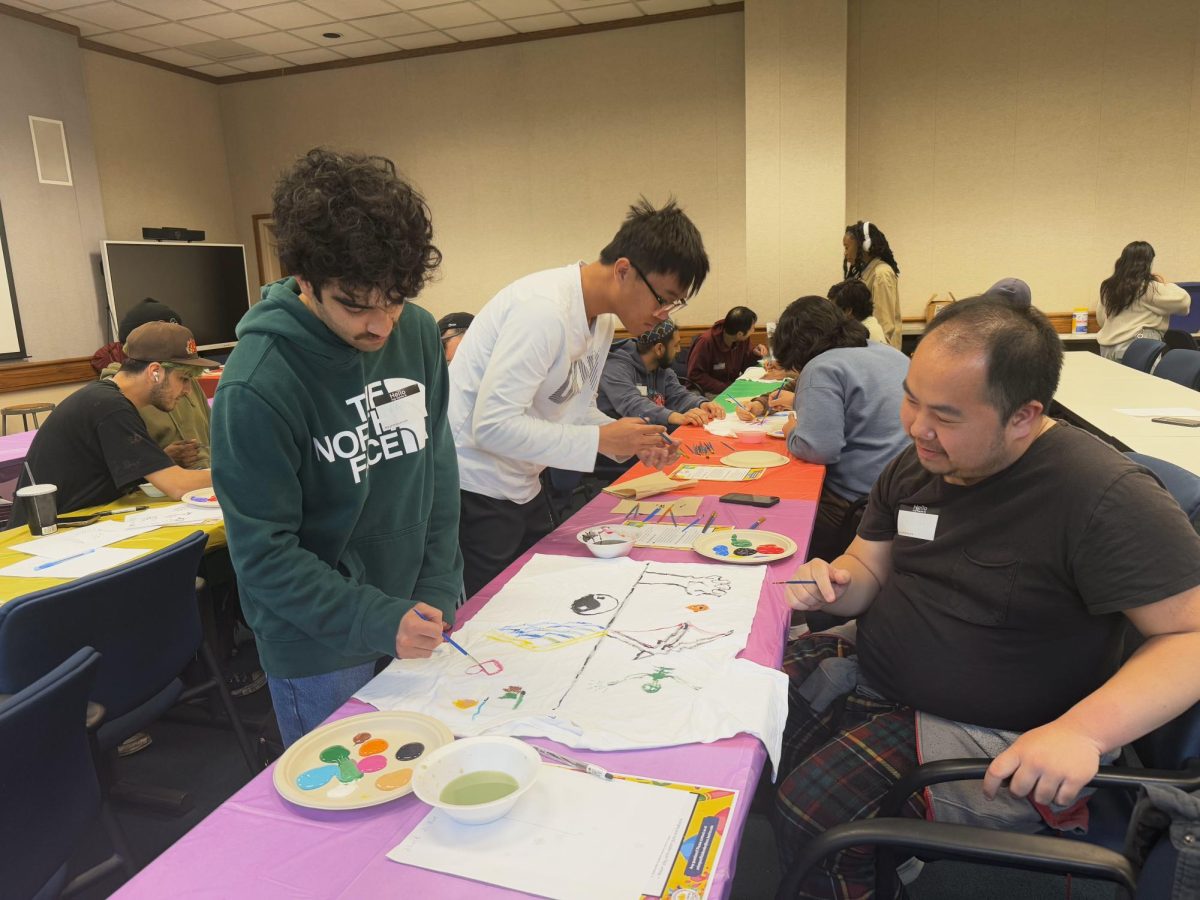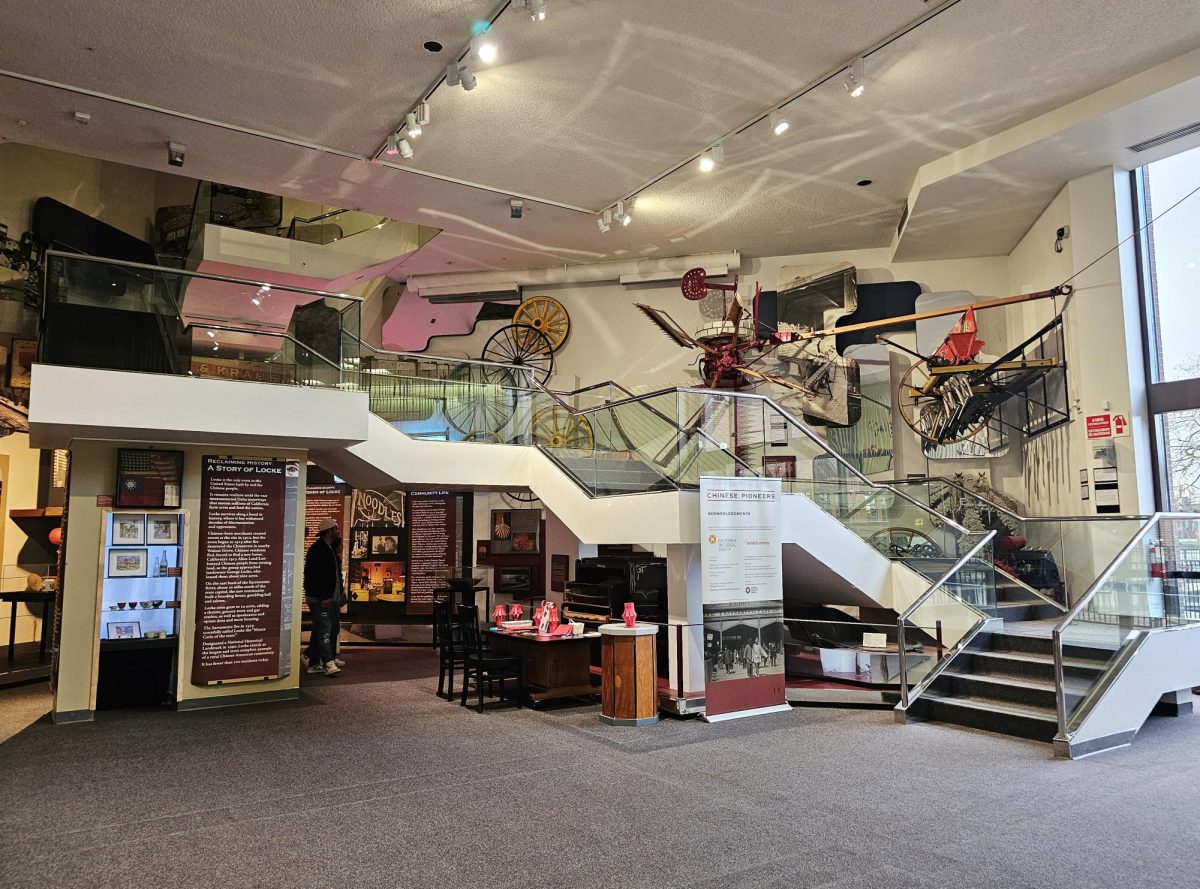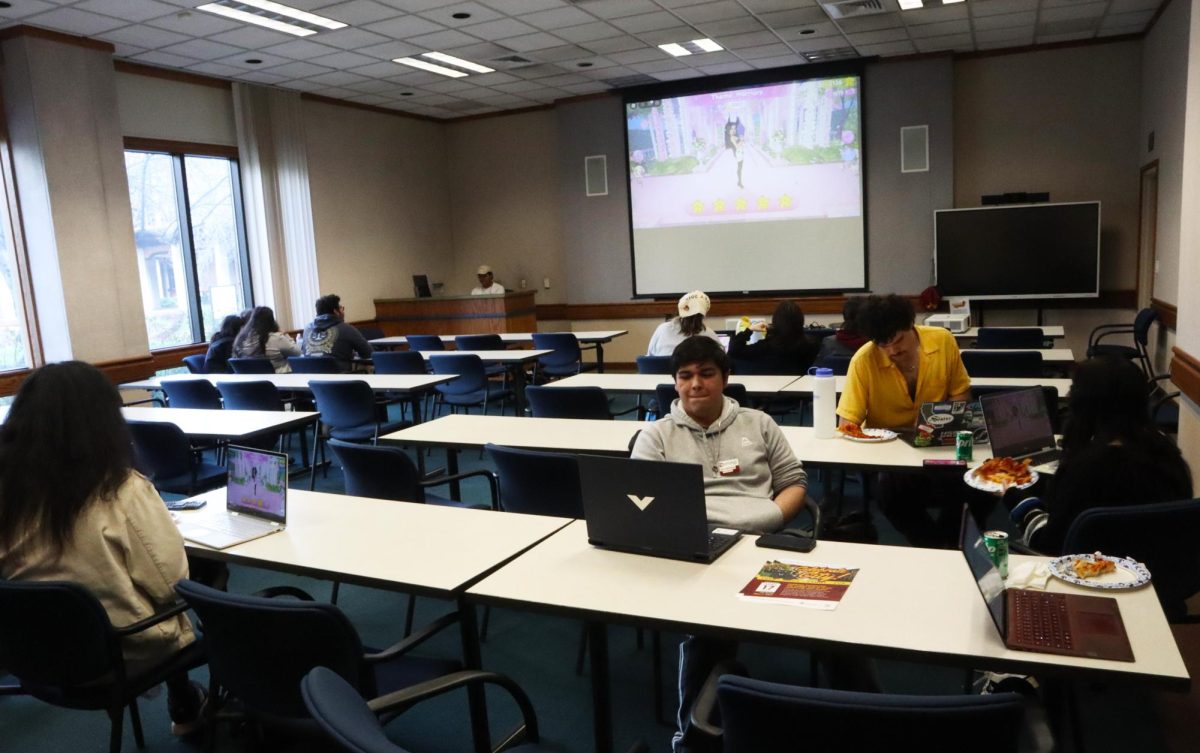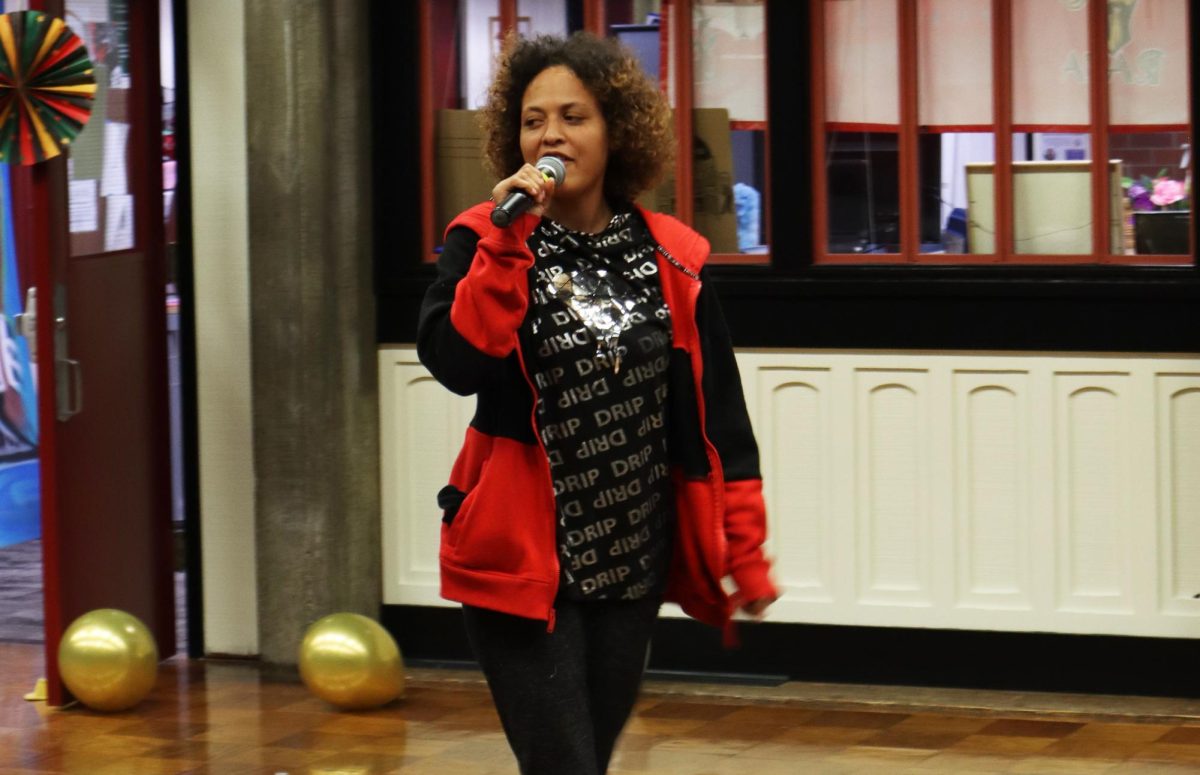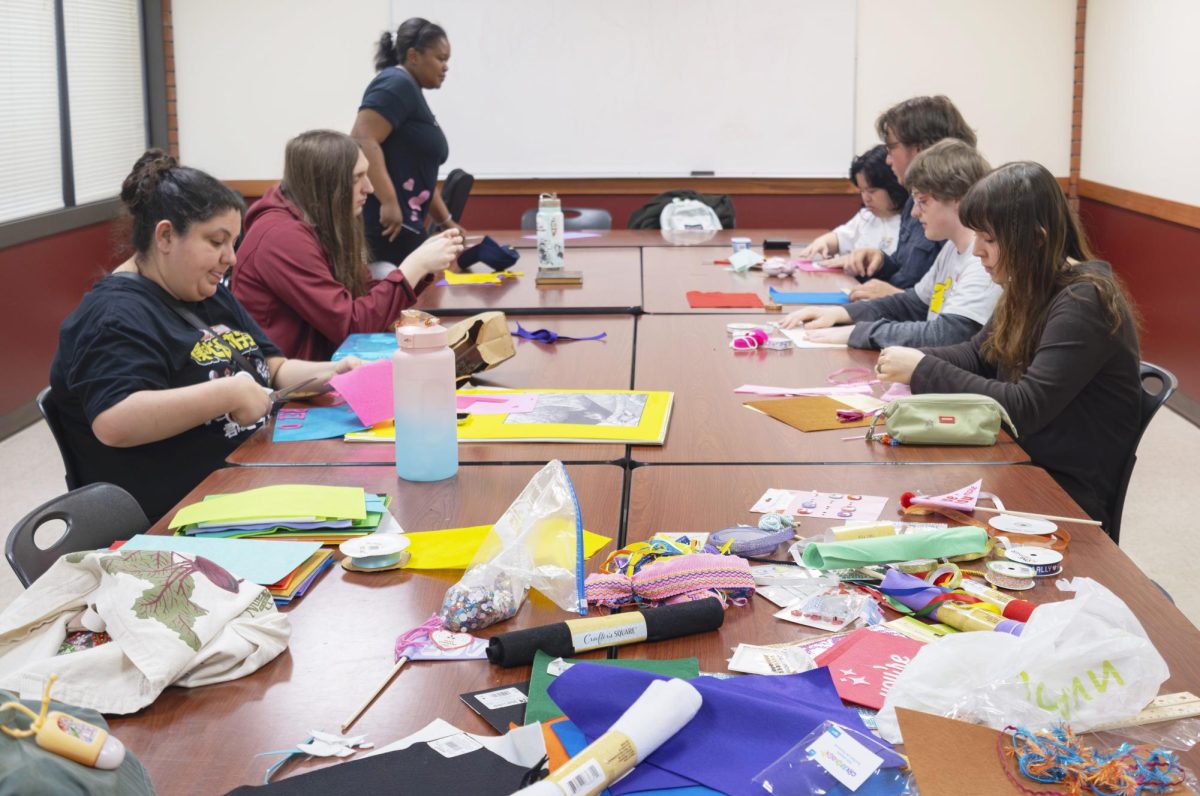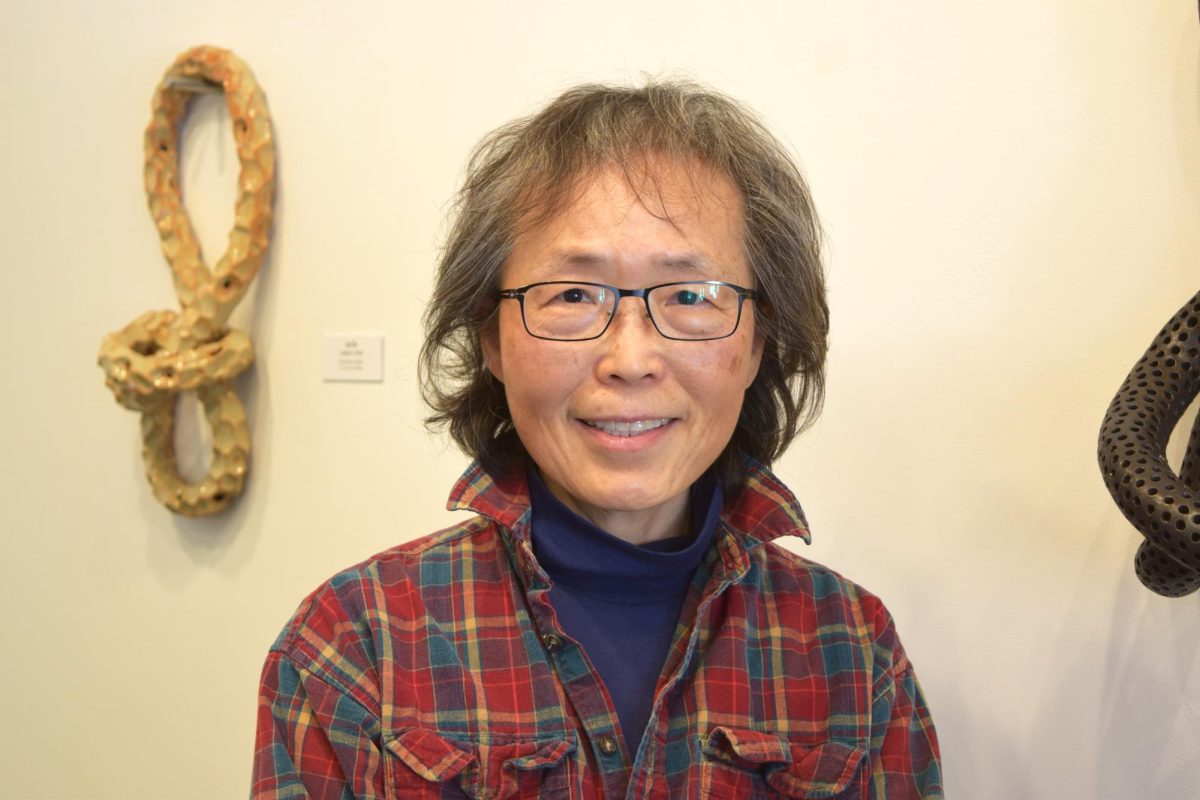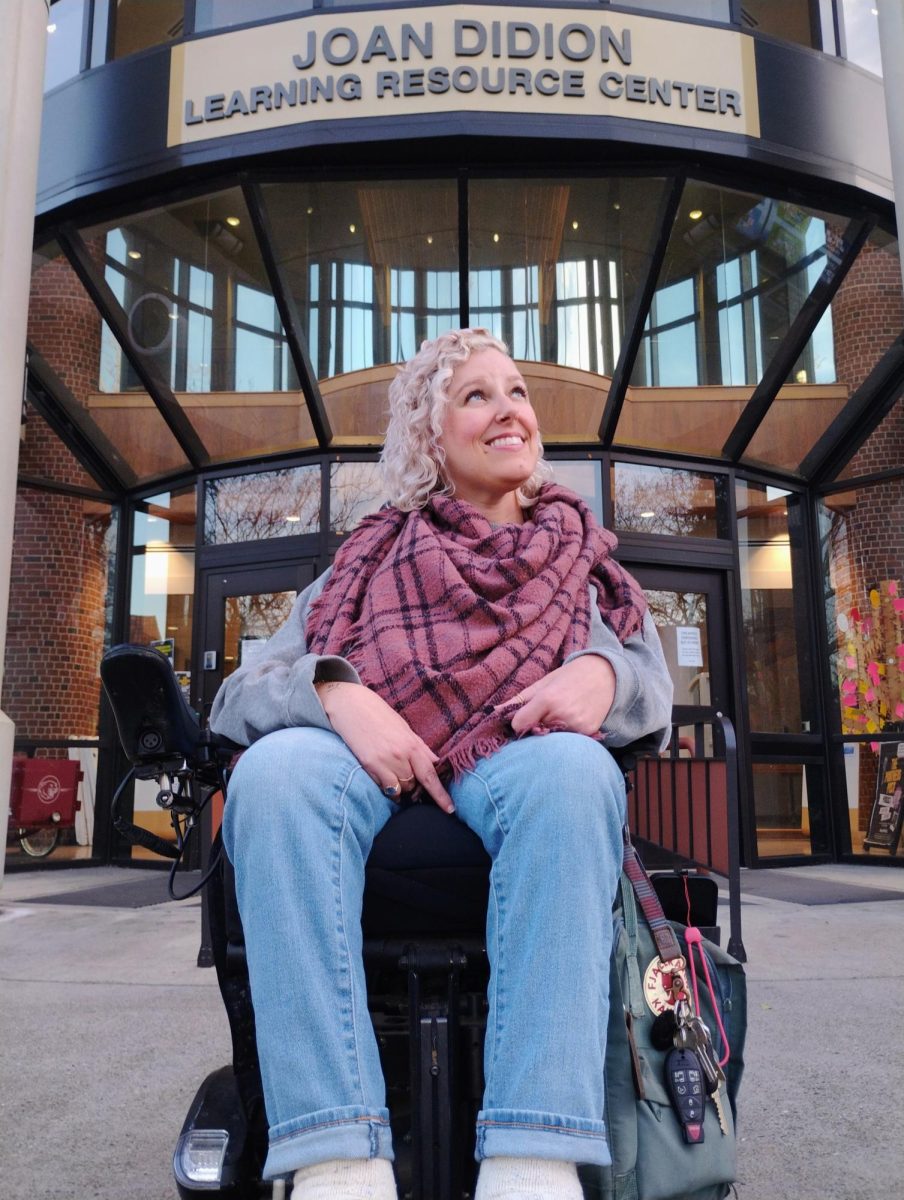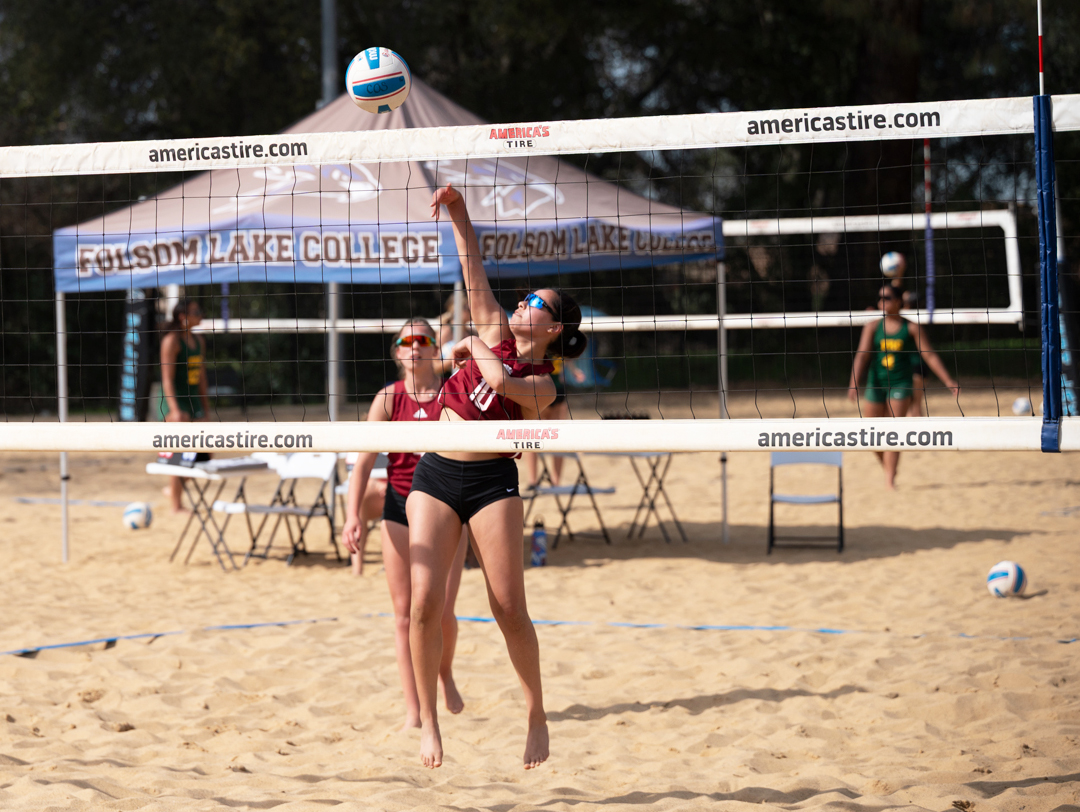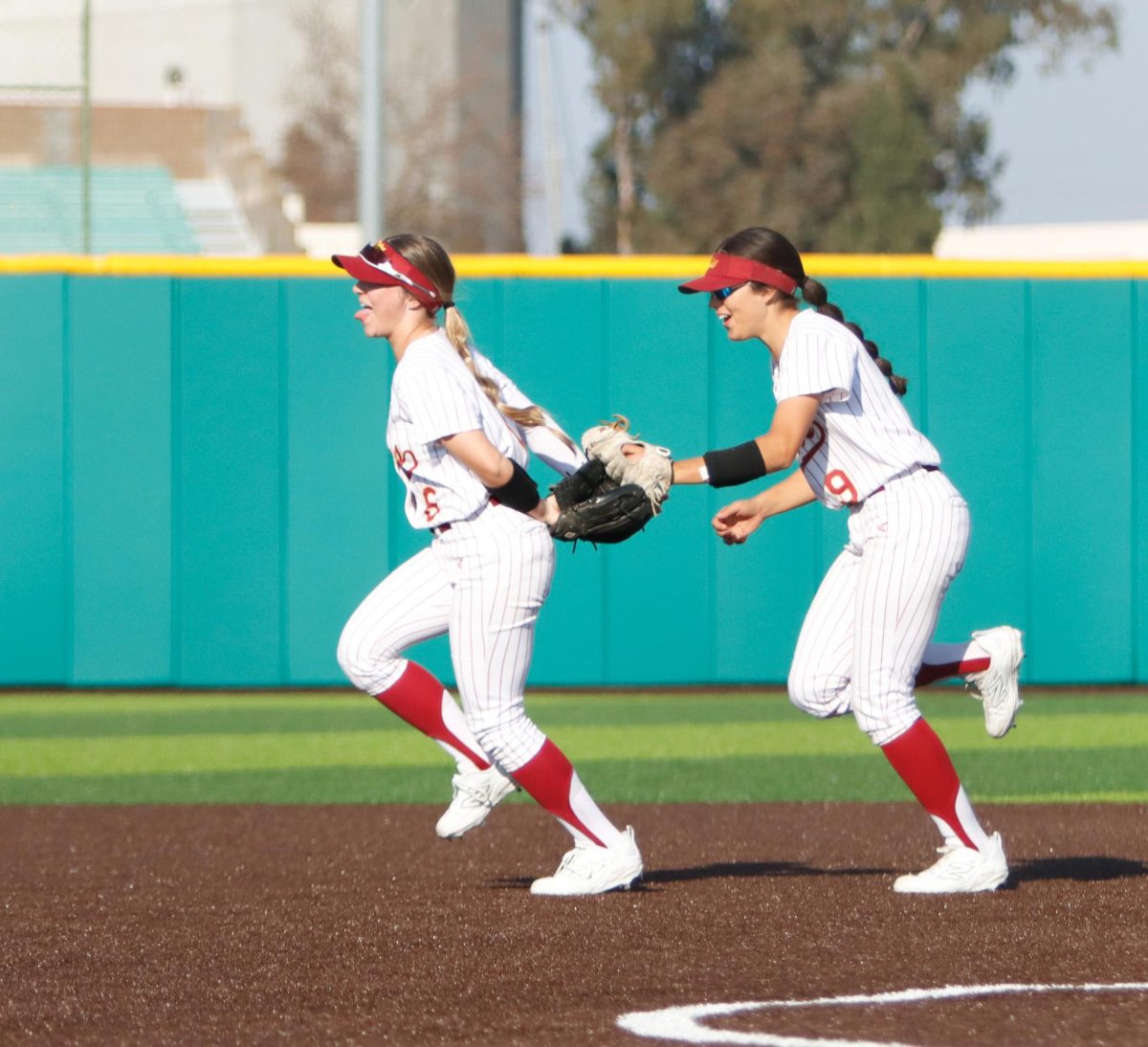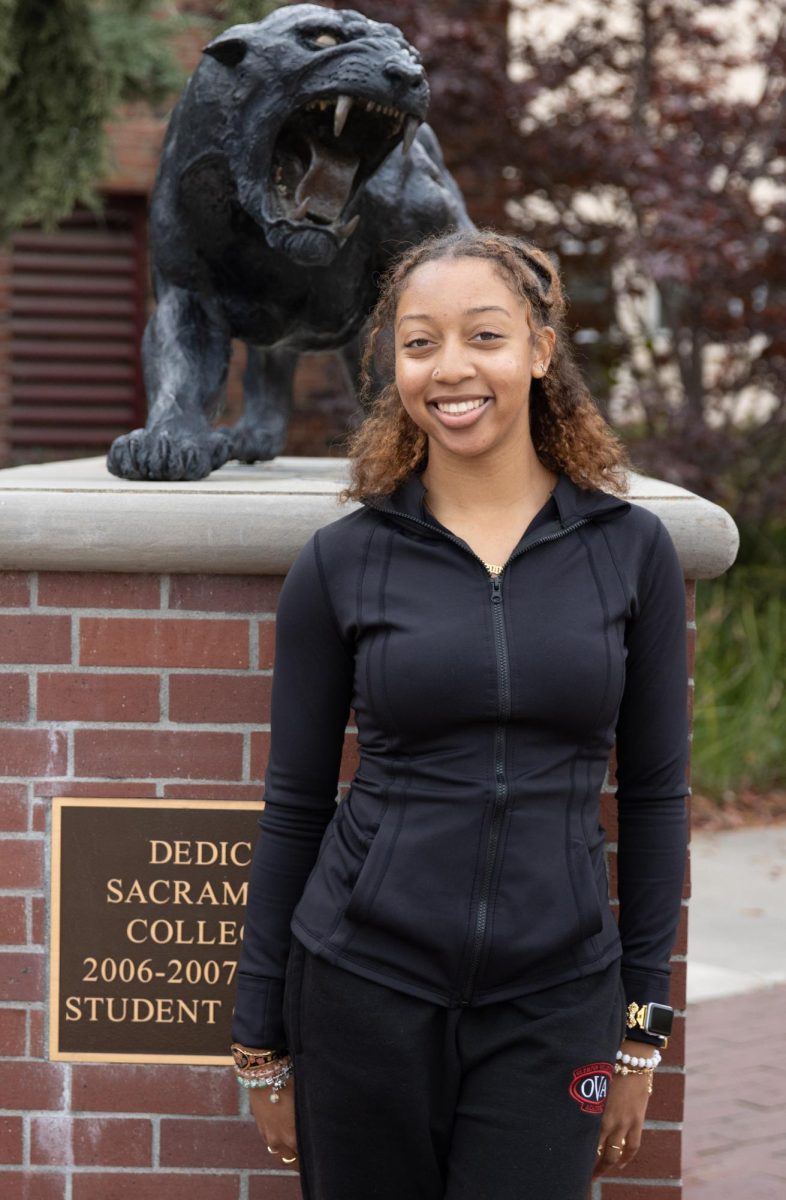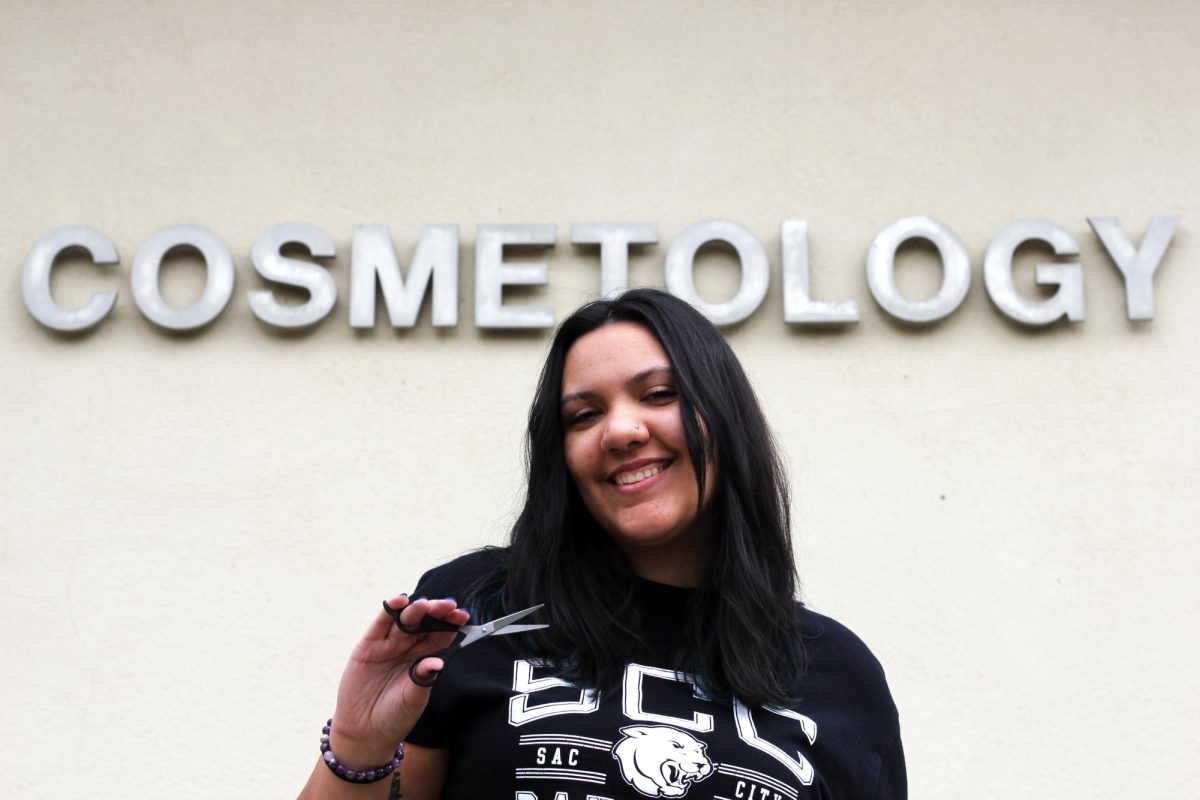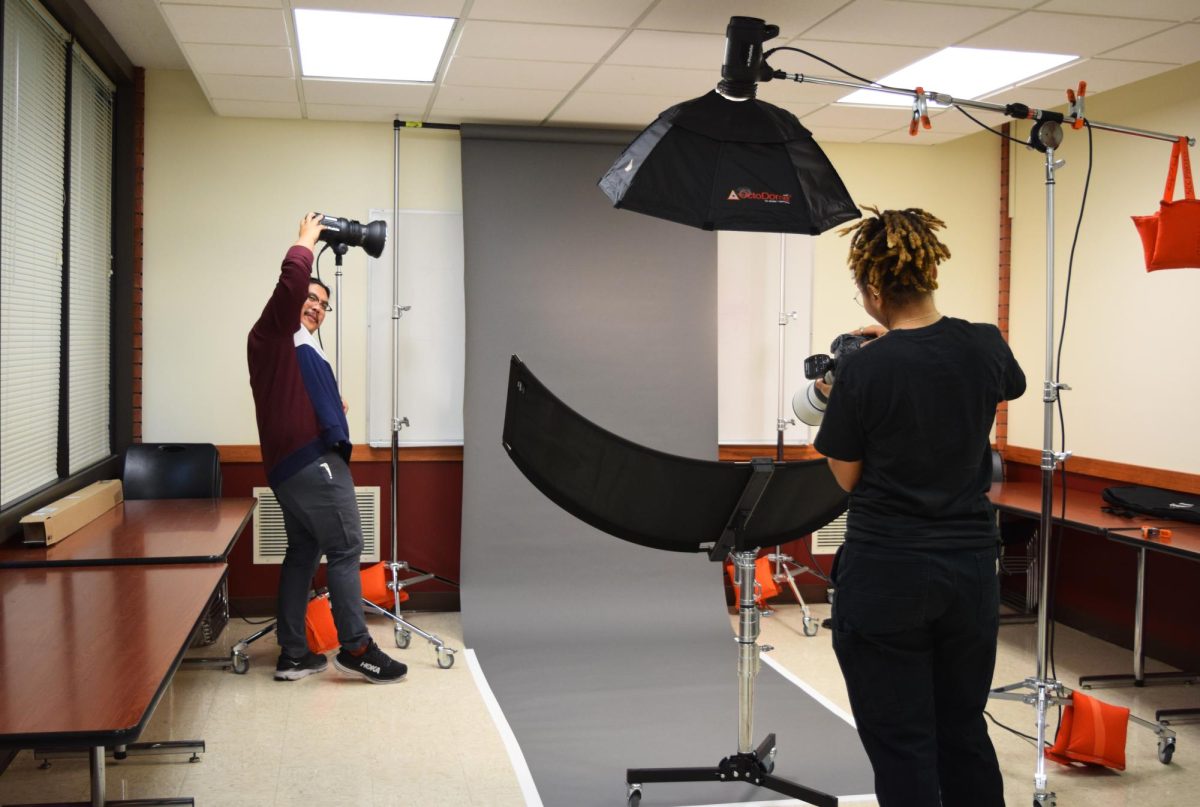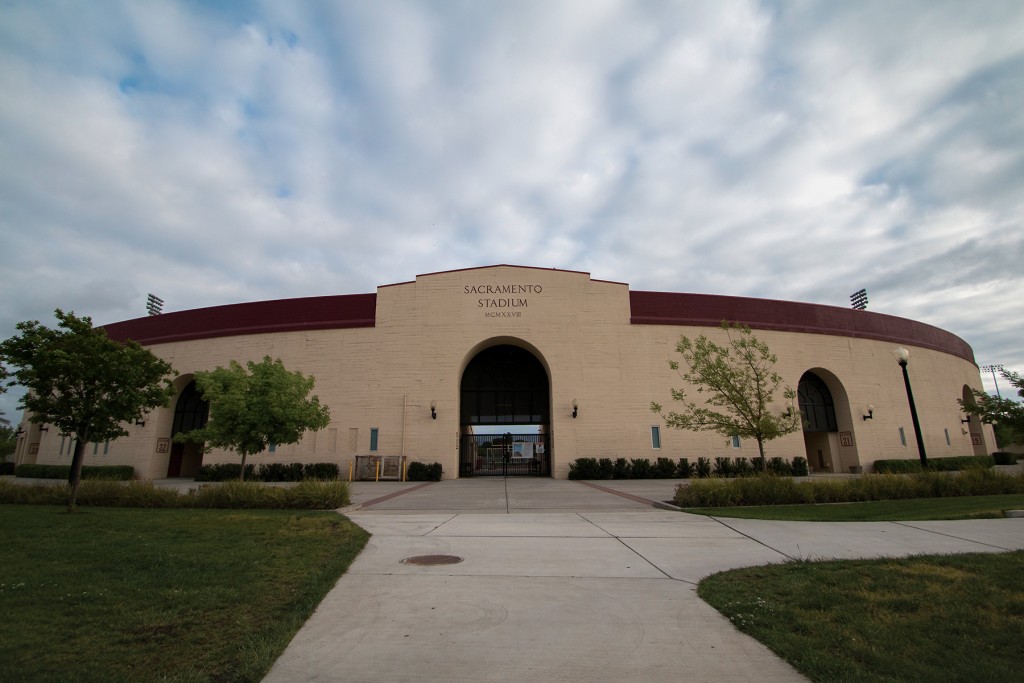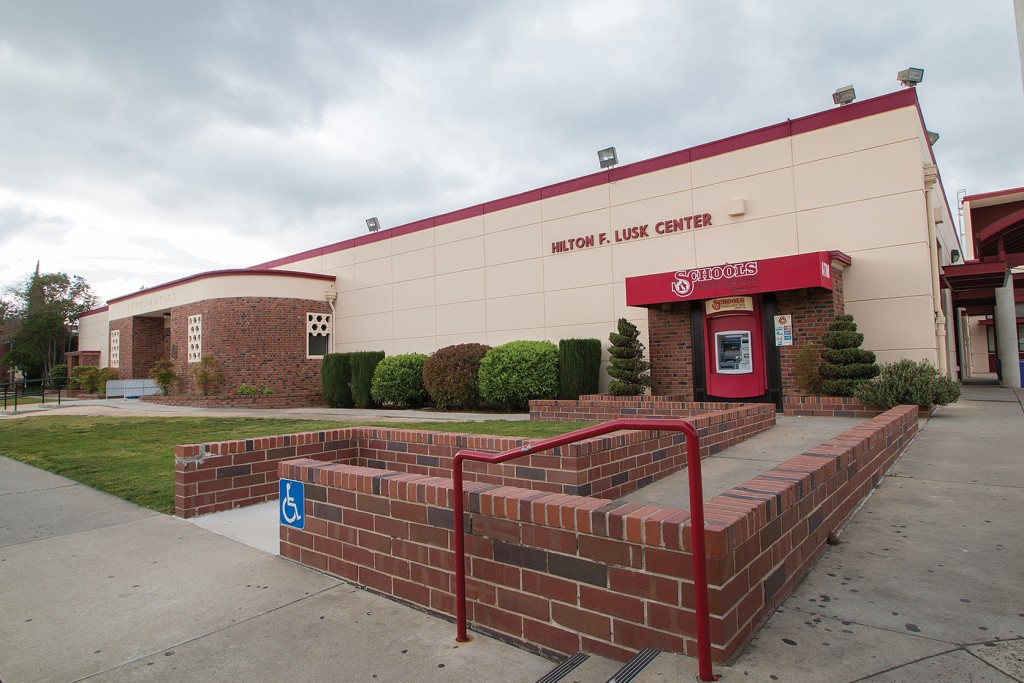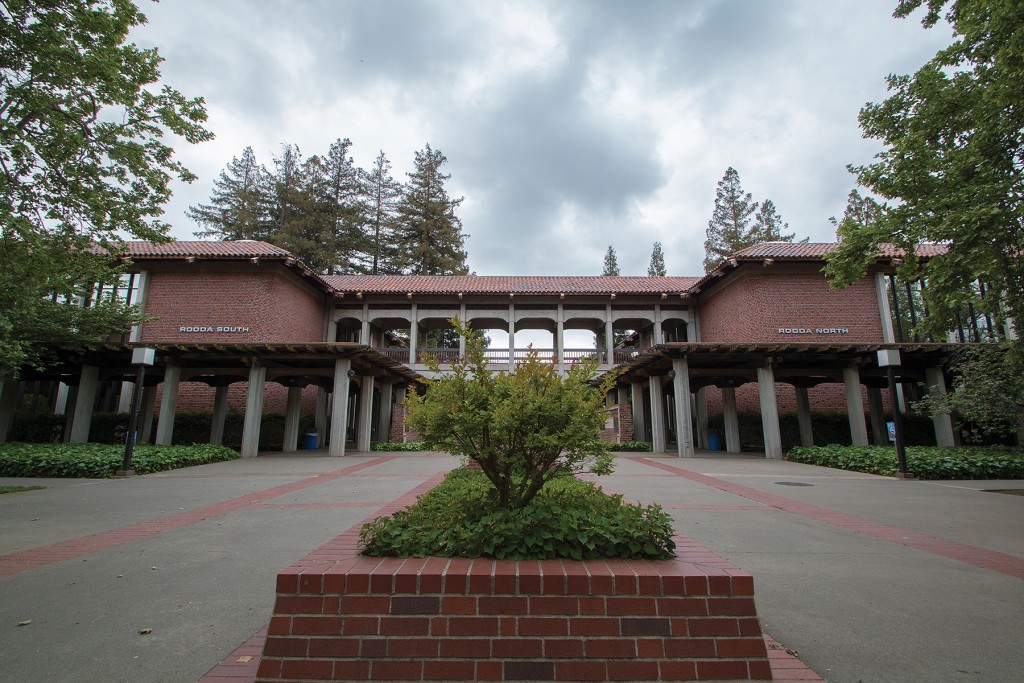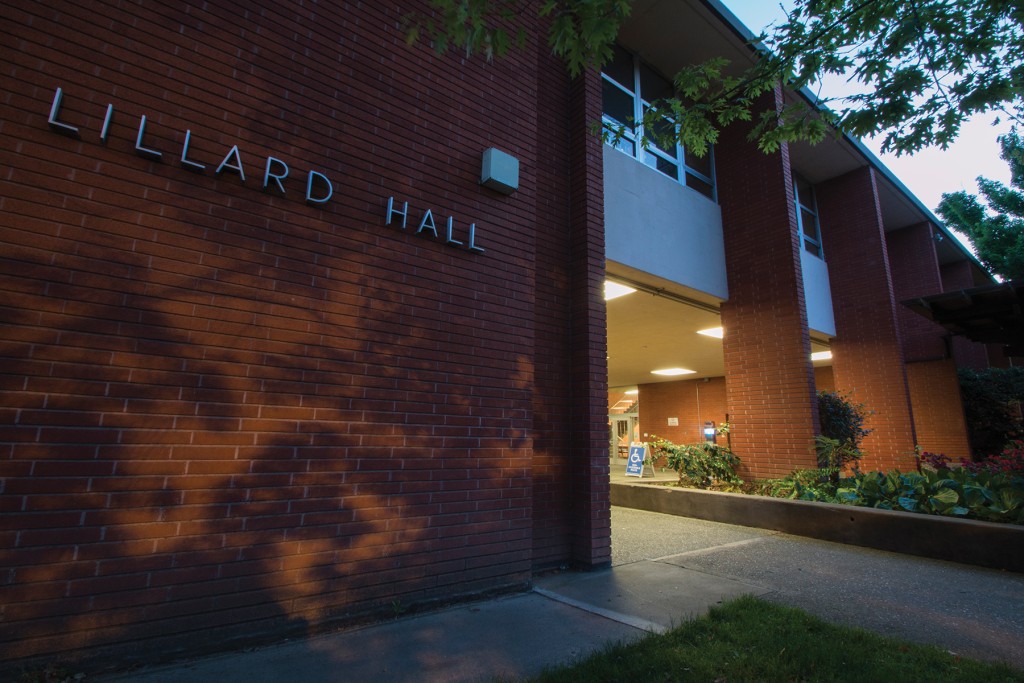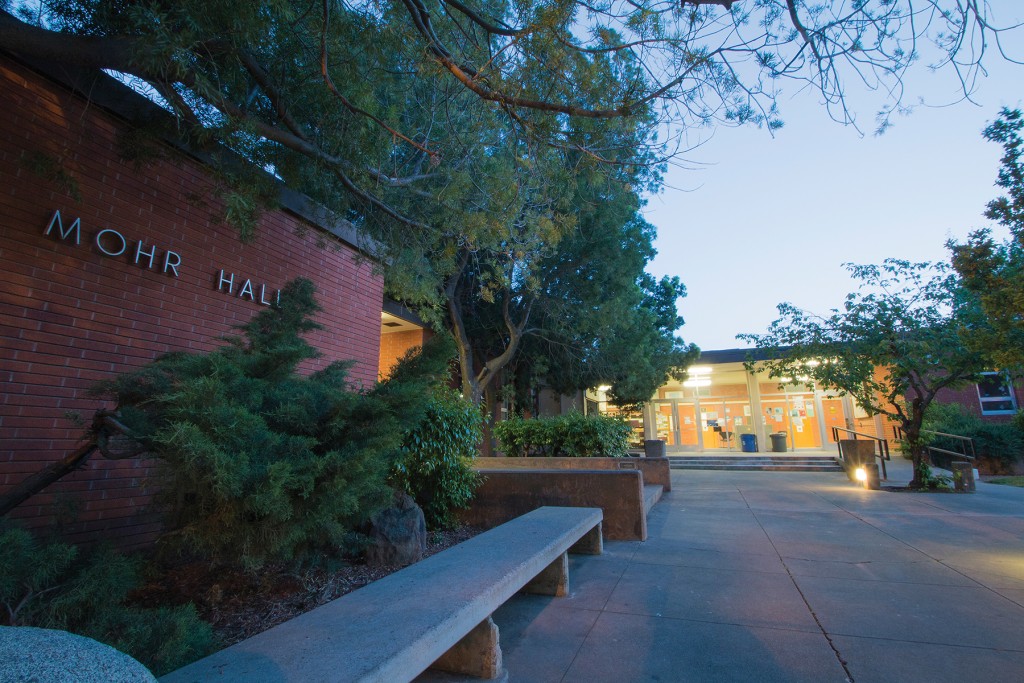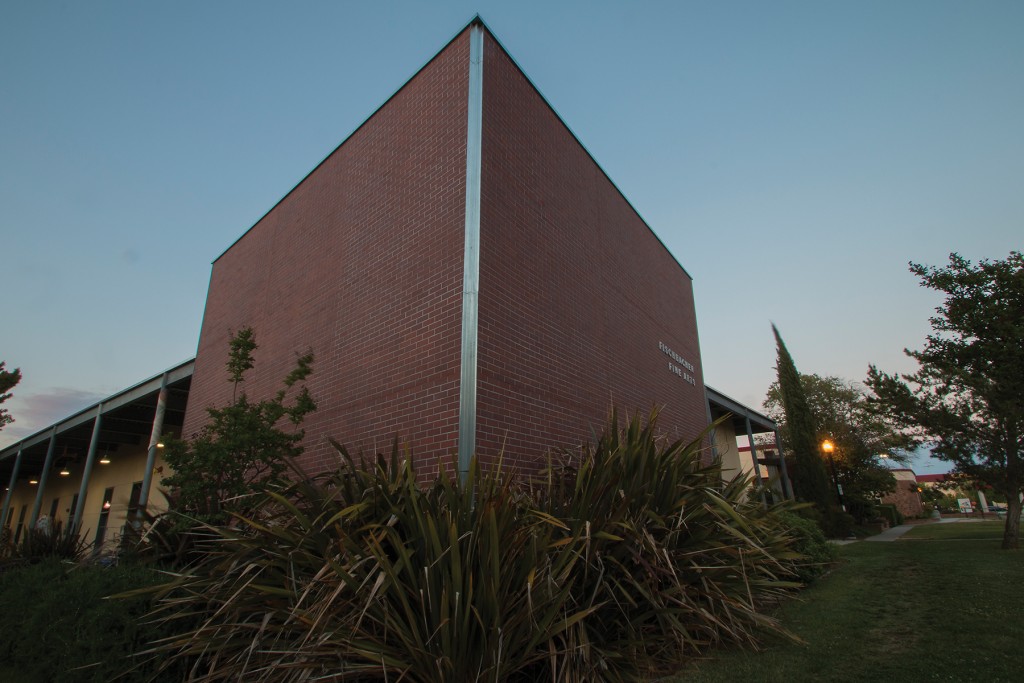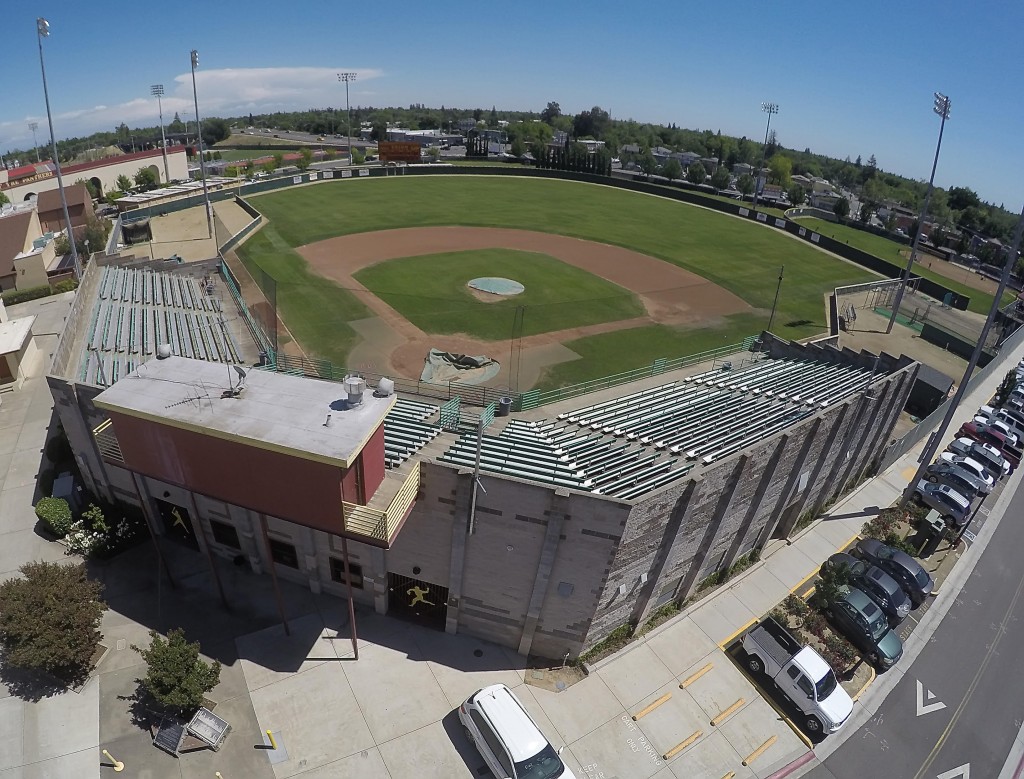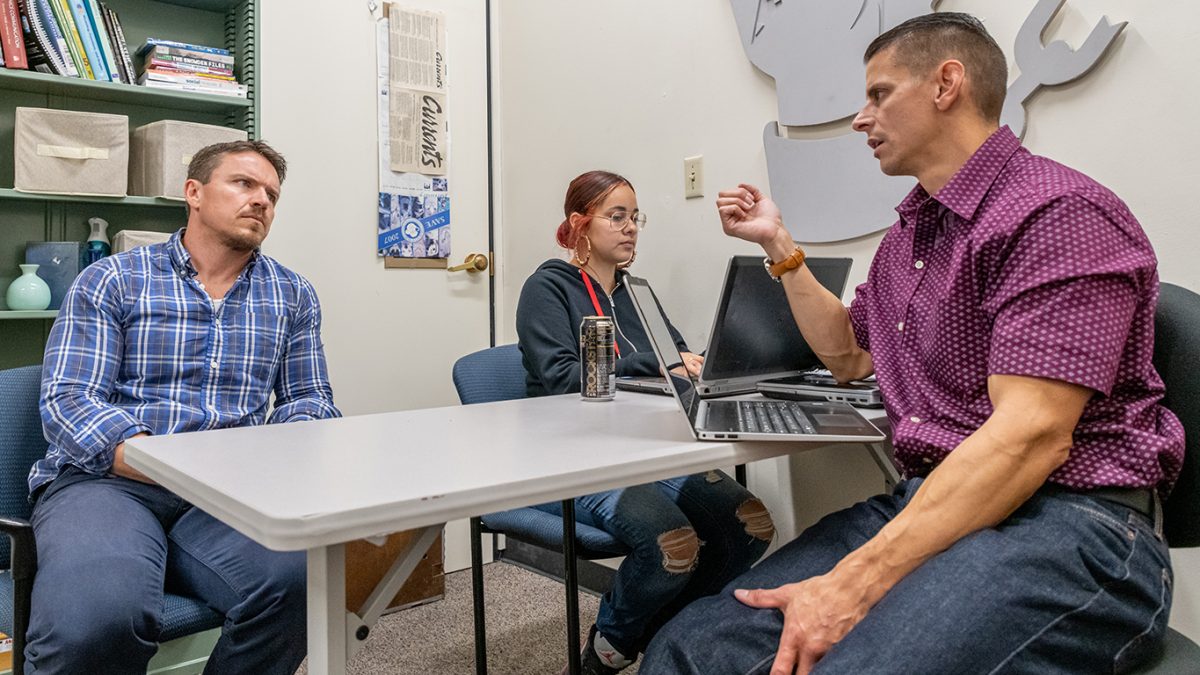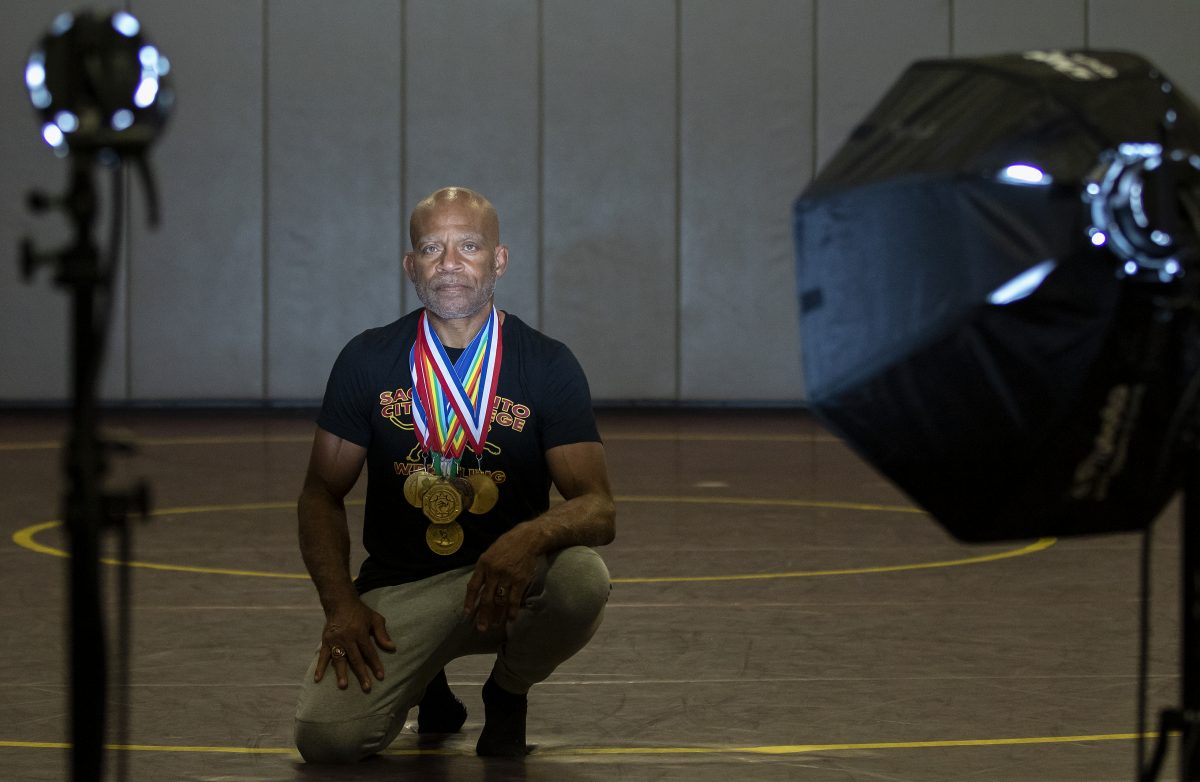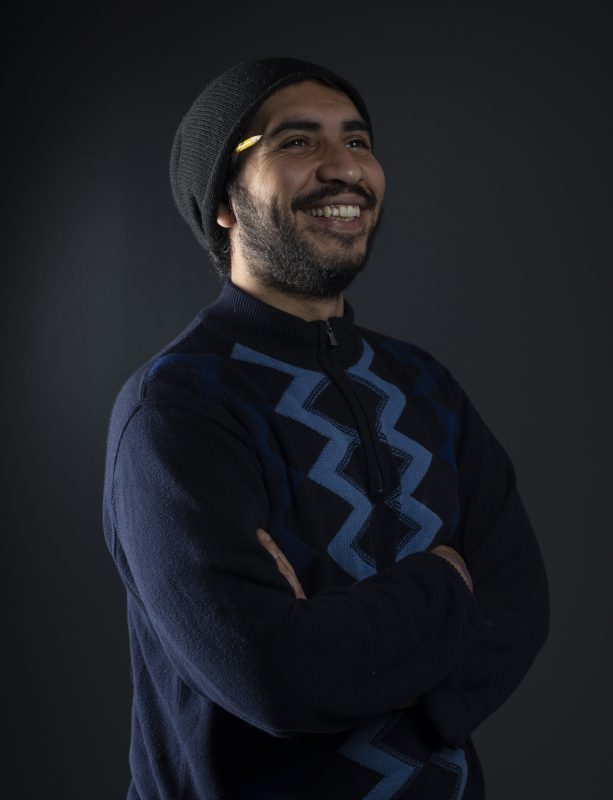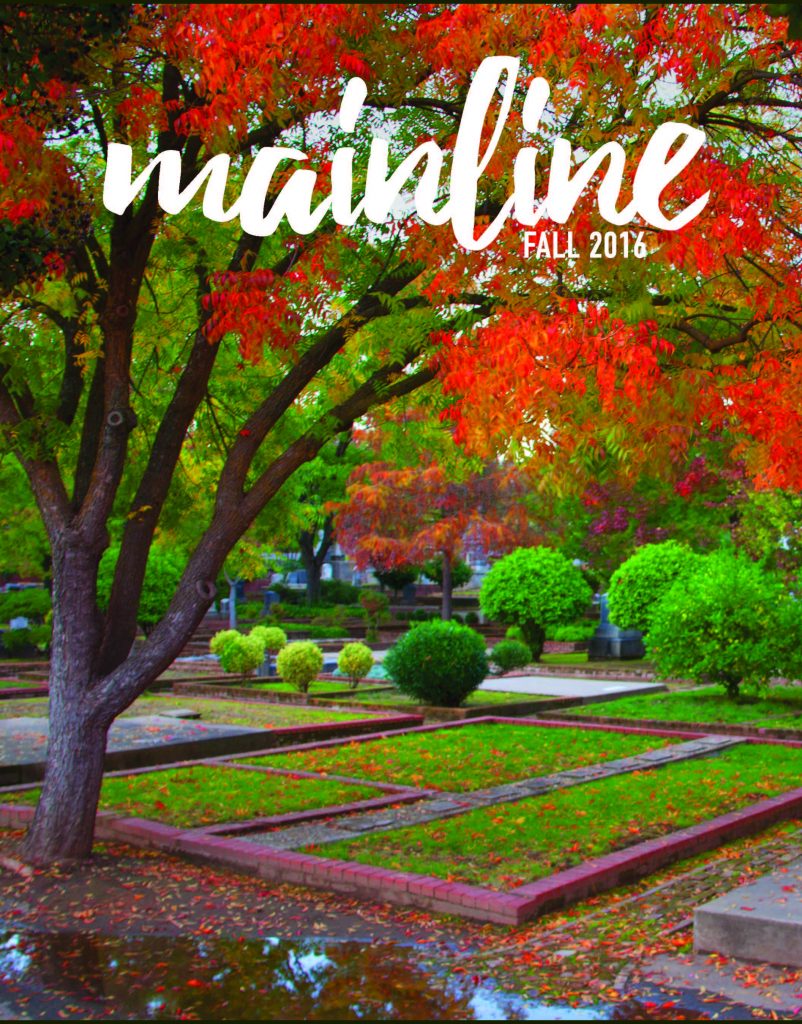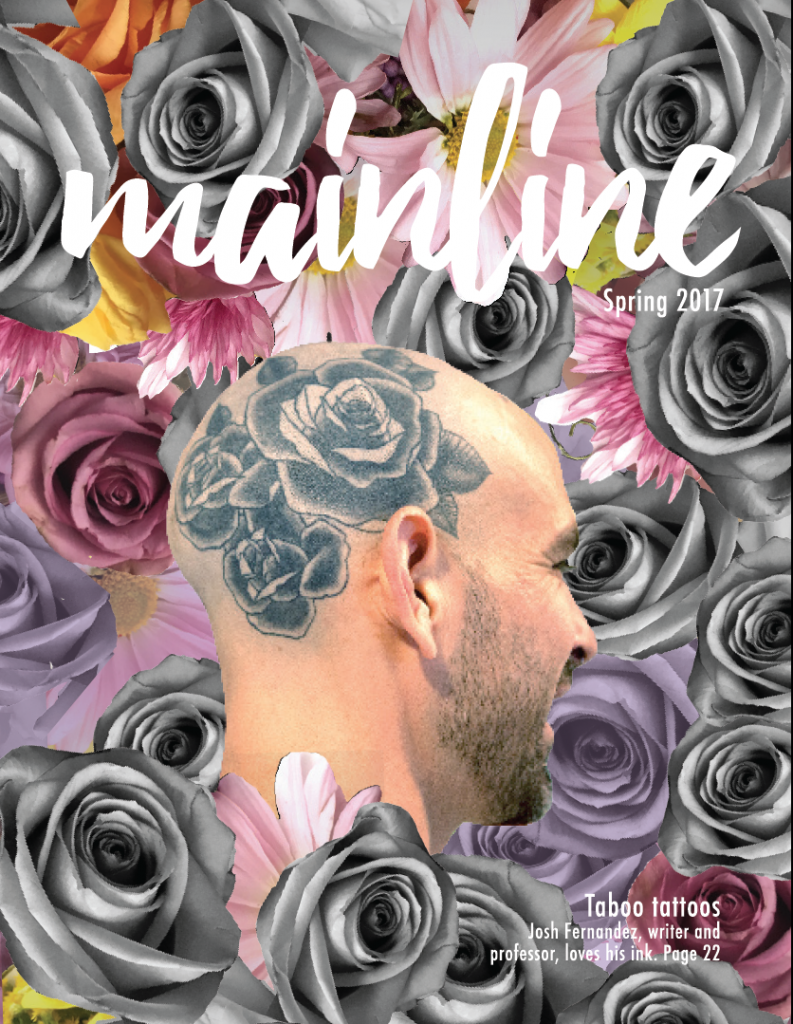Before walking into the front of Sacramento City College campus, across from William Land Park, stop and take a look around. Look at the architecture of the two structures that occupy the land where the college’s first administration and classrooms sat. Notice the people walking across the second-floor walkway joining the two sides of the newer brick buildings. Look at the trees, the decades-old redwoods towering in front of campus. And look down at the numbers embedded in brass diamond plaques, and a few in cement on the walkway into the quad, outlining the life of one of California’s oldest community colleges.
Now walk farther into campus. See Hughes Stadium rising to the east, the oldest structure on campus, and observe the Student Services building, the youngest. Everything is part of a rich history that spans the 90 years this campus has been serving students and the 100-year history of the school.
With SCC celebrating its centennial at the start of the fall 2016 semester, Mainline takes a look at some of the older buildings on campus, and the people whose names they bear.
—Kris Hooks, Editor in Chief
Hilton F. Lusk – Aeronautics Center
After visiting Sacramento Junior College at the beginning of the Great Depression in 1929, Hilton Lusk thought it’d be only right for everyone to be able to afford to master pilot and mechanic courses to gain technical experience. A year later, with the approval of the Board of Education, Lusk established the aeronautic program that would go onto train over 1,300 students before the start of WWII and many more in the decades following. The Lusk Building was built in 1938, just eight years after the start of the program.
Albert Rodda – Rodda Halls North & South
Albert S. Rodda, who dedicated his life to public service and education, attended Sacramento Junior College from 1929-1931, then transferred to Stanford, graduating in 1933. He returned to Sacramento where he taught at Grant Union and Sacramento high schools before coming to SJC in 1946 to teach American history, western civilization and economics. He finished his Ph.D. at Stanford in 1951 and seven years later was elected a state senator. When the campus’ original administration building was deemed unsafe and torn down in the mid-1970s, it was replaced by two large buildings that were dedicated to Rodda in 1980 and still bear his name. He was highly regarded by SJC presidents Doug Burris and Sam Kipp. After leaving state service, Rodda returned to his community college roots, serving on the Los Rios Board of Trustees. He died at age 97 in 2010.
Jeremiah B. Lillard – Lillard Hall
Named the first president of Sacramento Junior College in 1923, Jeremiah Beverley Lillard served as president until his retirement in 1940. With Belle Cooledge, the college’s first administrator who was not given the title of president, Lillard worked to sell Sacramentans on the idea of educating their children past high school. He and Cooledge spoke at service clubs around town promoting the junior college. A well-known archaeologist who spent summers doing digs all over the west, Lillard oversaw the construction of nine buildings, attracted outstanding faculty and started vocational programs such as cosmetology and aeronautics that exist to this day. After spending 40 years in education, he said, “I think teaching is the biggest job in the world — I’m glad I’ve had my chance to do a little of it.”
Paul Mohr – Mohr Hall
Serving as City College’s fourth president from 1949–1956, Paul Mohr was an advocate for vocational training, stating during his tenure, “A junior college must be all things to all people. It must deal with the remedial, the vocational … and especially the academic.” Mohr worked to bring new academic programs to campus, along with new buildings to house technology and cosmetology. Mohr died of a heart attack in 1956, just before the end of the semester. Mohr Hall opened in 1963.
Amalia Fischbacher – Fischbacher Fine Arts
She was known as “Teach” and for her great sense of style and color, for painting her classrooms to brighten them up. Amalia Fischbacher taught art first at Sacramento High School, then at Sacramento Junior College. “She was watermelon pink and turquoise and carried lemon yellow in fruit jars,” remembered one of her students. She was known to bring colorful food to her students, notably strawberry pies with bright green cream frosting. The fine arts building was remodeled and renamed for Fischbacher in 1982. That building was replaced by a new fine arts building that opened in 2010, again bearing the name of one of the college’s most memorable teachers.
Charles C. Hughes – Hughes Stadium
Named after Charles C. Hughes, the superintendent of Sacramento public schools from 1912–1942 — which at the time included Sacramento Junior College — Hughes Stadium is the oldest structure on campus. The stadium opened in October 1928 as Sacramento Stadium, a name it would keep until 1944 when the school administration decided to rename it. Hughes Stadium has played host to many events in its 88-year history, including a May 1976 benefit concert when 24,000 fans packed in to see Linda Ronstadt, The Eagles and Jimmy Buffet. It’s since stopped hosting music concerts, but still holds sporting events year round.
12 Local Unions – Union Stadium
Named in honor of the 12 local unions that built it free of charge in 1988, the $1.5 million Union Stadium on the east side of City College has played host to many winning baseball seasons over the years. The school’s winningest coach, Jerry Weinstein, came up with the idea of having a stadium that would be the envy of every college across the country. After a couple of years of planning, construction on the 1,500-seat stadium began. Union workers rallied, worked weekends and used the construction as an apprentice training program to get the stadium done. Eight months later, The U was complete and ready to play ball.
Earl Hoos – Hoos Pool, SCC aquatic center
To top off a 35-year career as coach and teacher, City College honored Earl Hoos by naming the campus’ swimming complex after him. Before coaching at City College, Hoos played and coached college football. In fact, it wasn’t until his time in the Navy instructing sailors in 1943 that he gained an affinity for coaching on the waters. Hoos went on to coach City College swimming for 33 years and water polo for 25 years before retiring.
This story was originally written by Kris Hooks and published in the spring 2016 issue of Mainline magazine.

